Decorating Guides
Lacquer, Varnish or Polyurethane: Which Wood Finish Is Best?
Here's an all-you-need-to-know guide about protective finishes for wood
You’ve invested in beautiful wood for your house – furniture, floors, walls or elsewhere. To get the best out of it, wood needs some sort of clear wood finish. It brings out a richer hue, highlights the grain and gives lustre. These finishes are protective coatings as well, which add durability and provide protection to the wood from spills and scratches that are caused by daily usage. It is essential to select the right finish for the wooden flooring and furniture of your home. One can classify the protective coatings into three categories: lacquers, varnishes and polyurethane. These three impart different kinds and degrees of protection, and come with different characteristics.
Here are the strengths and shortcomings of these three popular wood finishes. Take your pick.
Here are the strengths and shortcomings of these three popular wood finishes. Take your pick.
Cons:
- One of the biggest drawbacks is that lacquers get a yellowish tinge over time.
- Lacquered floors and surfaces are prone to scratches because only a single layer of coating is sprayed on the wooden surface.
- This coating can only be applied on new surfaces of wood or on previously lacquered wood. Keep in mind that if lacquer is applied on a previously painted or polished surface, it might react with the old finish and strip it from the base wood surface.
- Lacquers emit VOCs (volatile organic compounds) that can be a health hazard. It is highly inflammable.
Varnish finish
Varnish is an oil-based protective coating for wood that enhances its natural beauty.
Pros:
Varnish is an oil-based protective coating for wood that enhances its natural beauty.
Pros:
- Varnishes provide good protection to wooden furniture against damage from UV rays. This makes varnish finishes most suitable for finishing outdoor wooden furniture.
- These coatings protect the wooden surfaces from water, stains and abrasion.
- Varnishes are easy to apply and only require a bristle brush for application. Make sure to use varnish in a dust-free environment, otherwise dust particles might stick onto the wet varnish surface.
Cons:
- It is a very slow-drying finish because of the oil content present in it and may require a minimum drying time of 6 hours.
- Varnish finish emits VOCs.
- One must ensure proper application of varnish, or there are chances the varnish might peel, crack or form bubbles, and cause damage to the wooden surface.
- The varnish finish on wood may require several coats to achieve the desired finish.
Polyurethane finish
Polyurethane finish is very hard and durable that forms a solid layer of plastic on the wooden surface. These coatings can be either oil-based or water-based. Note that water-based polyurethane dries faster than oil-based polyurethane.
Pros:
Polyurethane finish is very hard and durable that forms a solid layer of plastic on the wooden surface. These coatings can be either oil-based or water-based. Note that water-based polyurethane dries faster than oil-based polyurethane.
Pros:
- Polyurethane is a strong finish and forms a very tough coat that provides excellent protection to the wood against spills, scratches and abrasions from traffic.
- It is highly recommended for the wooden floors that are subjected to the most wear and tear.
- Additionally polyurethane finish on wood works very well on furniture in coastal areas that are constantly exposed to salt-laden air.
- Polyurethane varnish provides a very tough seal in comparison to standard varnishes or lacquers.
Cons:
Read more:
Which Interior Finish to Choose: Wood Veneer or Laminate?
How to Keep Termites Away From Your Wooden Furniture
Tell us:
Which wood finish would you consider for your furniture? Tell us why in the Comments section below.
- Polyurethane finish for wood is not recommended for outdoor use as it may turn yellowish and crack on exposure to UV rays.
- Another drawback of polyurethane is that its thick plastic coating is susceptible to cracking. In case of damage, this protective coating becomes very difficult to repair.
Read more:
Which Interior Finish to Choose: Wood Veneer or Laminate?
How to Keep Termites Away From Your Wooden Furniture
Tell us:
Which wood finish would you consider for your furniture? Tell us why in the Comments section below.




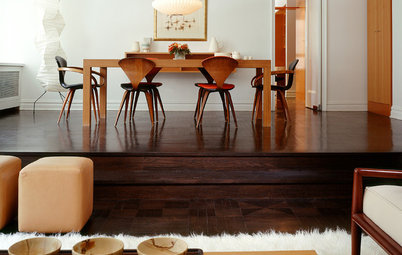
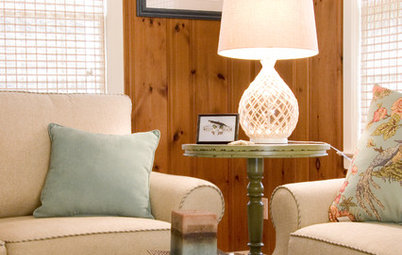
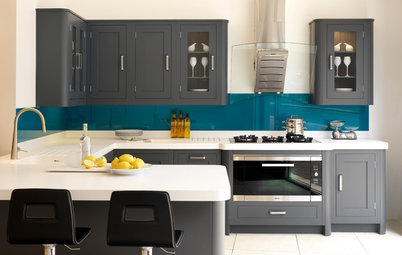
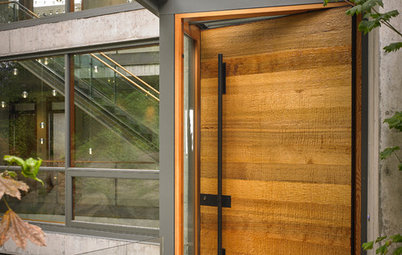
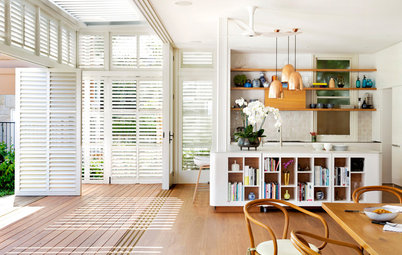

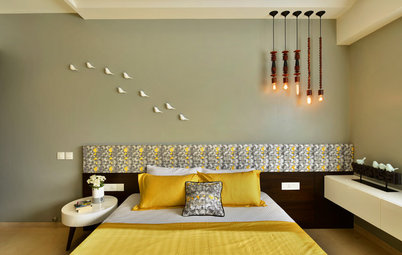
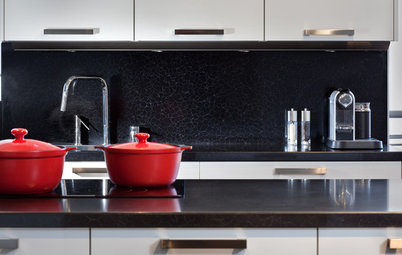
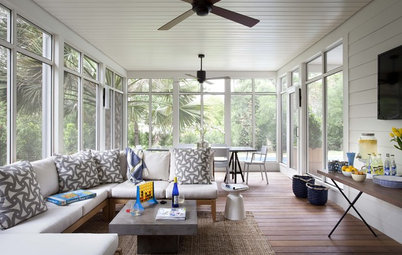
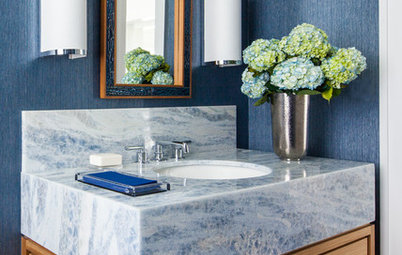
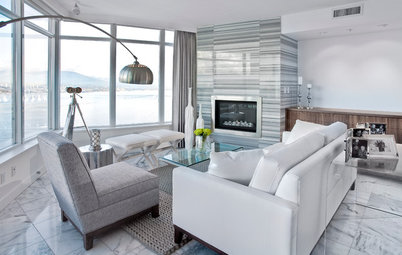
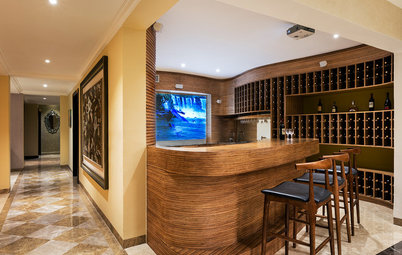
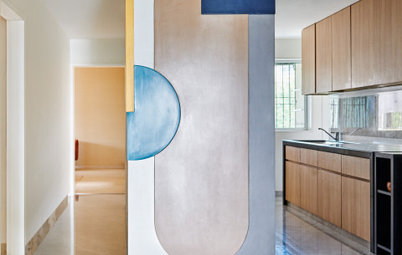

Lacquer finish is a clear protective coating that imparts richness and can bring out the natural beauty of wood grains. Some lacquer finishes may contain colour pigments that can darken the colour of wood.
Pros: